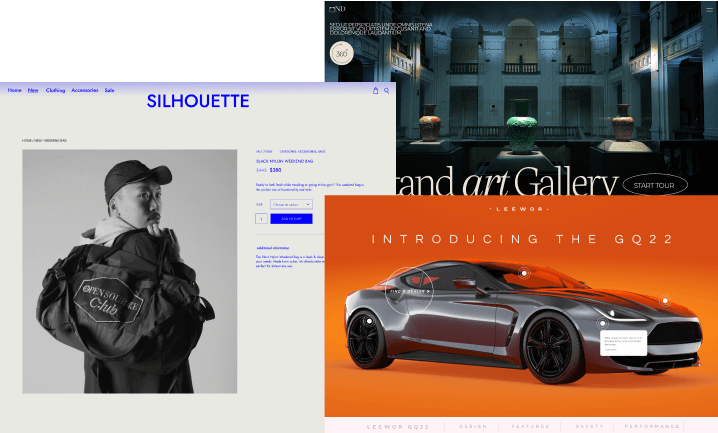Display resolution or screen resolution is an essential concept for web developers and designers that involves the sum of pixels that a screen contains vertically and horizontally.
It does not refer to the screen size as two identical screen sizes may have different display resolutions. Display resolutions have increased in importance and complexity as resolutions and devices continually change and improve.
Display Resolution Impact
Experts face complicated technicalities in the complex world of web design, with display resolution perhaps one of the greatest.
Choosing the best resolution can seem impossible with resolutions and devices continuously changing and improving. However, designers and developers have a few best practices to follow.
Firstly, do not mistake actual screen size with display resolution. Resolution is the number of screen pixels horizontally and vertically, such as 1024 × 768 – the former number is the horizontal pixels, and the latter is the vertical pixels.
More confusion arises when two same-sized screens have different or the same resolutions. For instance, a 17-inch screen and a 13-inch one can have a 1280 × 800 resolution.
However, the website display differs according to the screen resolution. For instance, one 17-inch desktop monitor may have 1280 × 800 resolutions, while another 17-inch monitor may have a lower 1024 × 768 resolution.
The lower resolution displays elements more prominently to maintain a sharp display. However, less of the page will fit on the screen. The monitor with a higher resolution will show more of the site page, including the full fold and some content below. The page elements’ size will look reduced but will be sharper.
How to Choose Display Resolution?
Best practice in choosing a display, or screen, resolution one should not design a site according to the size of screen monitors. Firstly, some users have huge monitors of even 30 inches, which are abnormally wide and will never maximize a window. Furthermore, screen sizes come in far too many sizes and shapes. It is, therefore, more effective to focus on resolution.
W3Schools collected global screen resolutions statistics spanning nearly two decades as of January 2000. The results show that in January 2021, 41.5% of users have “other” screen resolutions (most likely mobiles), followed by 24.8% with 1366 x 768 display monitors (available from 2012) and 19.2% using 1920 x 1080 resolutions (available from 2010).
Closing Remarks
Many designers hold that one should optimize web designs for display resolutions of 1024 × 768. This ought to make sites look relatively good across most resolutions and devices. Nevertheless, this can cause a few problems with the rise of mobile devices for accessing the internet. Web designers must know their audience and finally design for them.




